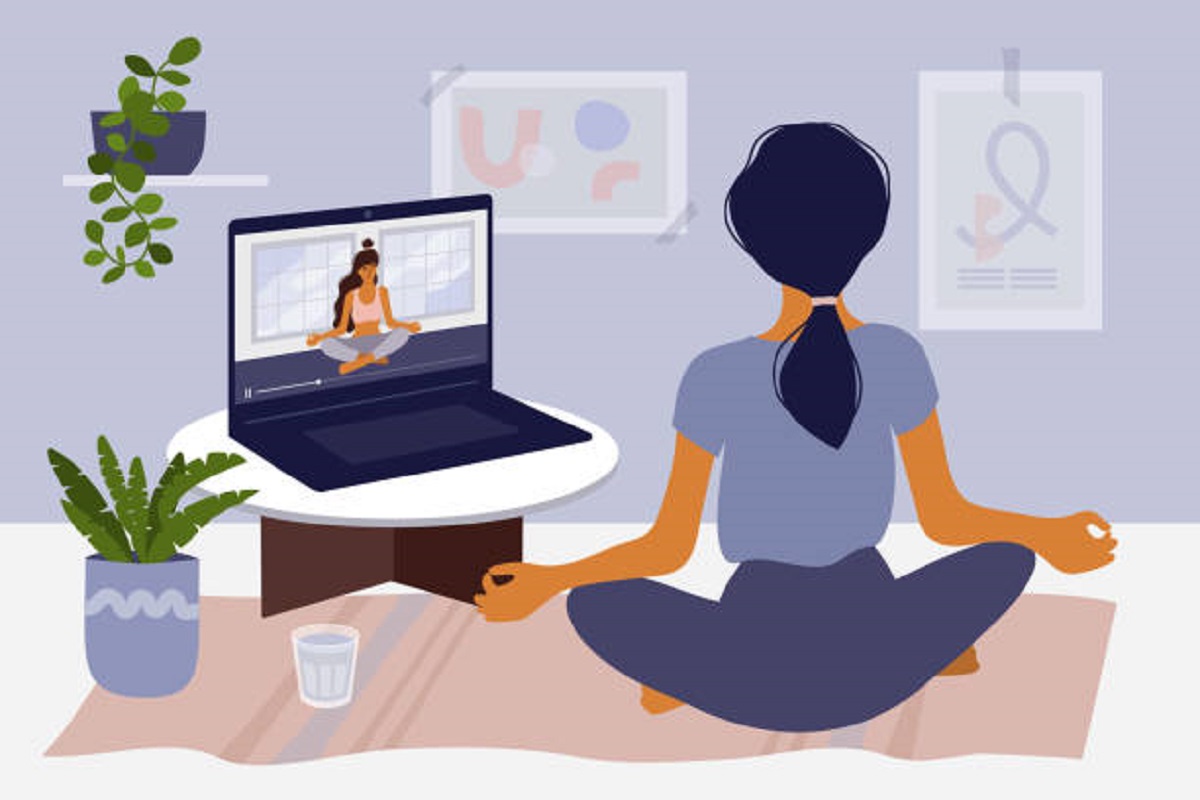Govt committed to ensuring industrial growth while protecting environment: Sirsa
Sirsa stressed minimizing environmental harm from industrial waste and also discussed the new proposed industrial policy for the national capital.
While organisations need to be more vigilant of the symptoms which showcase the declining mental and physical health of their employees, they also need to be proactive in taking actions which benefit their workforce.

Representational Image: iStock
The peak of the COVID-19 pandemic presented a tough time for businesses around the globe. While many of the businesses were forced to shut down their operations, others had to revise their strategies multiple times to adjust to the new challenges. Employees of almost all the organisations experienced the brunt of hardships ranging from frequent layoffs, delayed salaries to increased workload. A recent report by OECD highlighted that from March 2020 onwards, prevalence of anxiety and depression have increased and in some countries it has even doubled. Microsoft’s Work Trend Index, released in 2020, noted that at 29 percent, India has the second-highest number of employees dealing with corporate burnout. Nearly one-third of the employees in India have experienced symptoms of burnout.
Conditions like anxiety and burnout present a serious threat to productivity, especially at a time when businesses are trying to revive. Experts suggests that it can take up to three to five years to recover from a burnout. This is a loss that India Inc. cannot afford. Workplace anxiety often makes the employees less focused, irritable, and disengaged. A cumulation of all these factors present a much higher stake for businesses, as these can not only potentially harm their revenues, but can also disrupt a healthy work culture in the long run.
Advertisement
While organisations need to be more vigilant of the symptoms which showcase the declining mental and physical health of their employees, they also need to be proactive in taking actions that benefit their workforce. Many organisations are moving towards the much-debated concept of a ‘four-day’ work week, other organisations are trying to manage the workload of employees , and encouraging them to take time off. Companies are also increasingly adding mental health benefits to their employee insurances. However, what is missing, is a comprehensive strategy that seeks to benefit the employee’s physical and mental health while considering their day-to-day rhythms. For instance, introducing a policy of a 5 minute ‘Yoga Break’ at the workplace, can help the employees rejuvenate. Through various sets of asanas, yoga can help the employees release their work-related stress and boost their productivity. Taking into account the stress of corporate culture, Ministry of Ayush has also launched the ‘Y-Break’ yoga protocol application for working professionals, which comprises of simple yoga asanas for rejuvenation. A pilot study to find the efficacy of the protocol was undertaken in six major metro cities , the results of which showed positive outcomes. It was also recognised that yoga break at the workplace heightens the practitioner’s intuitions and creativity.
Advertisement
Employer sponsored yoga initiatives, during the workdays or during the weekend, can help in nurturing a positive environment, which can help the businesses in attracting and retaining top talent, and building an ‘employee-centric’ reputation. Introduction of corporate yoga classes can help in combating the side-effects of sitting for a long period of time. These classes will help fight conditions ranging from chronic back-pain to heart diseases, that have been often linked to a sedentary lifestyle.
It is a well noted fact that yoga helps in elevating levels of a brain chemical called gamma-aminobutyric acid (GABA). The chemical is linked with prompting better mood and decreasing the levels of anxiety. Therefore, promotion of yoga among employees along with ensuring a healthy work-life balance, can help in combating the ill-effects of a toxic work culture, which often leads to the exodus of top talent.
With the widespread expansion of technology, many yoga and meditation applications have flooded the market. These applications have proved to be beneficials for all those who do not get the time to fit in a yoga or a meditation class in-between their work and family related chores. Many find it easy to put on their headphones and plunge into a meditative trance, in-between work breaks or at bedtime. The International Day of Yoga 2021 witnessed the launch of the M-Yoga application, which has been developed in collaboration between the Ministry of Ayush and the World Health Organisation. This completely free application aims to bring assisted yoga training to everyone. Since the onset of Covid-19, such applications have gained a wide base in India. While in the paid domain, applications like Calm and Headspace dominate the market, many home-grown applications like ‘Dhyana’ have witnessed a 33 percent increase in the number of users between March and December 2020. As per a report, sixty percent of the users of such wellness applications in Delhi, are employed, and use these apps for better sleep and stress management. By offering employees a subscription to these wellness applications as a part of the employee wellness program or promoting the use of applications like M-Yoga and Y-break, businesses can take a step towards ensuring a healthier workforce.
While many of the large corporates are taking enhanced measures to include yoga as a health benefit for their employees, there needs to come around a larger recognition of the benefits which accrue to the sacred practice of Yoga. As we approach the International Day of Yoga 2022, we must amplify the conversations around the practice. Businesses, big and small, must consider yoga as tool to increase their productivity and efficiency.
Advertisement